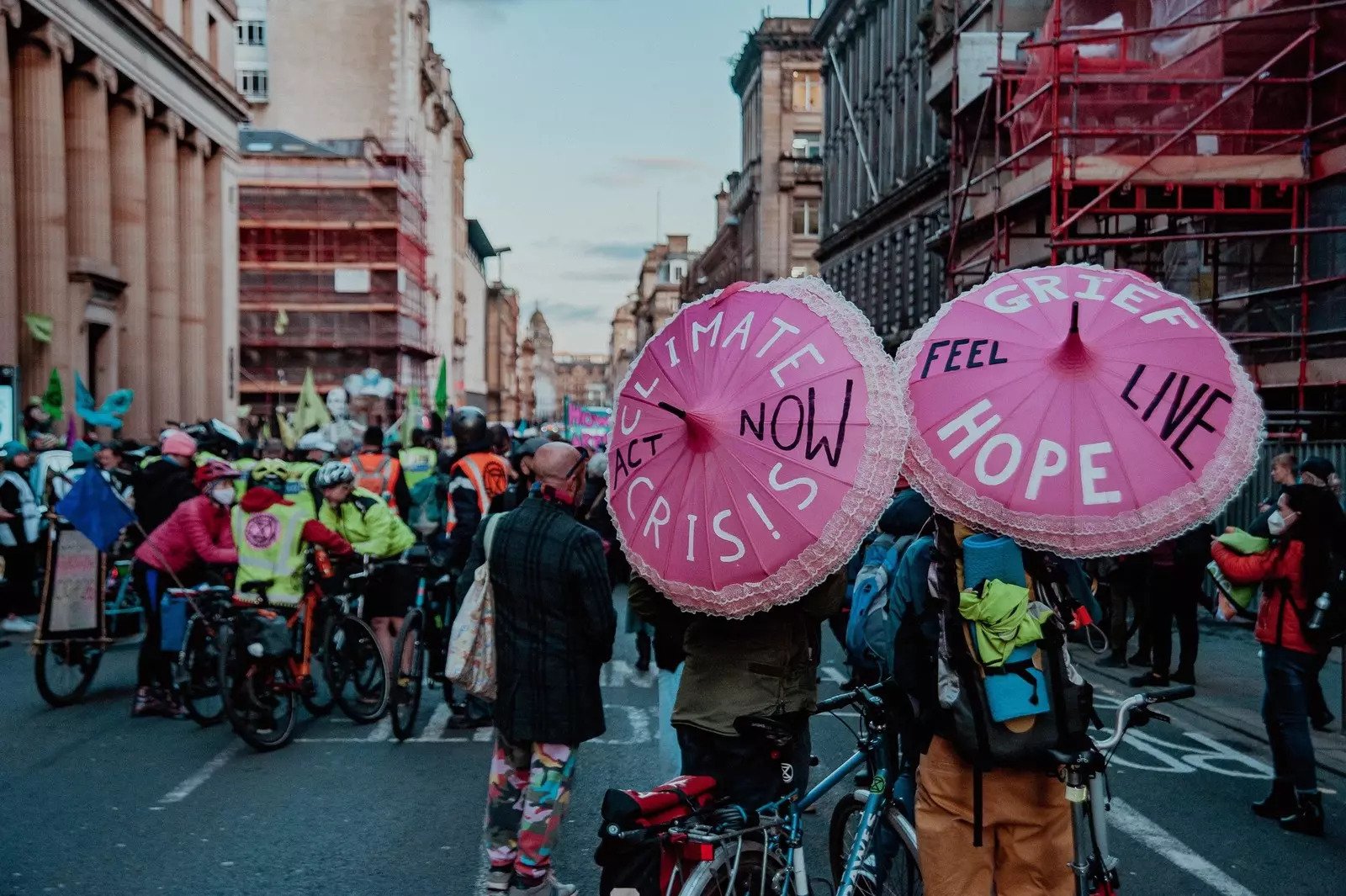TRAVEL RISK MAP 2020: LIBYA, SOMALIA AND SOUTH SUDAN AMONG WORLD’S MOST DANGEROUS COUNTRIES
The world’s most dangerous countries for 2020 have been revealed in a new interactive map.
Libya, Somalia, South Sudan and the Central African Republic, all in Africa, are the riskiest countries, according to the Travel Risk Map.
Created by global risk experts, International SOS, the map ranks countries’ safety across three different criteria: medical, security and road safety.
For the first two categories, countries are given a rating out of five, while road safety is rated out of four based on the mortality rate per 100,000 people.
Only the four countries mentioned scored the lowest safety band in each category: “very high” for travel medical risk; “extreme” for travel security risk; and more than 25 (deaths per 100,000) for road safety risk.
At the other end of the spectrum, Iceland, Norway, Finland, Denmark, Switzerland, Luxembourg, Slovenia, Andorra and Svalbard all achieved the highest safety marking for all three criteria.
The UK scored “low” for medical risk and the lowest mortality rating for road safety, but was ranked as “low” rather than “insignificant” in the travel security risk category.
Other countries graded “extreme” for security risk include Mali in northwest Africa and Syria, Iraq, Yemen and Afghanistan in the Middle East.
Venezuela, Haiti, North Korea, Syria, Iraq, Afghanistan, Yemen, Eritrea, Burkina Faso, Niger, Guinea, Sierra Leone, Liberia, Guinea-Bissau and Burundi all scored “very high” for travel medical risk.
International SOS says it assigns its travel medical risk ratings by assessing a range of health risks, including: infectious disease burden, environmental factors, medical evacuation data, road trauma data, standard of emergency medical services, outpatient and inpatient medical care, access to quality pharmaceutical supplies, and cultural, language or administrative barriers.
The travel security risk rating evaluates the threat posed to travellers by political violence (including terrorism, insurgency, politically motivated unrest and war); social unrest; and violent and petty crime.
Other factors, such as the robustness of the transport infrastructure, the state of industrial relations, the effectiveness of the security and emergency services and the country’s susceptibility to natural disasters are also considered.
The Travel Risk Map was published alongside the Ipsos MORI Business Resilience Trend Watch survey of more than 1,300 business travel decision-makers.
Some 51 per cent of respondents believed that health and security risks had increased in the past year, while 47 per cent anticipated risks – including security threats, civil unrest and geopolitical unrest – would rise in the year ahead.
Highest security risk countries
Libya
Somalia
South Sudan
Central African Republic
Mali
Syria
Iraq
Yemen
Afghanistan
Lowest security risk countries
Iceland
Norway
Finland
Denmark
Switzerland
Luxembourg
Slovenia
Andorra
Svalbard
Greenland





